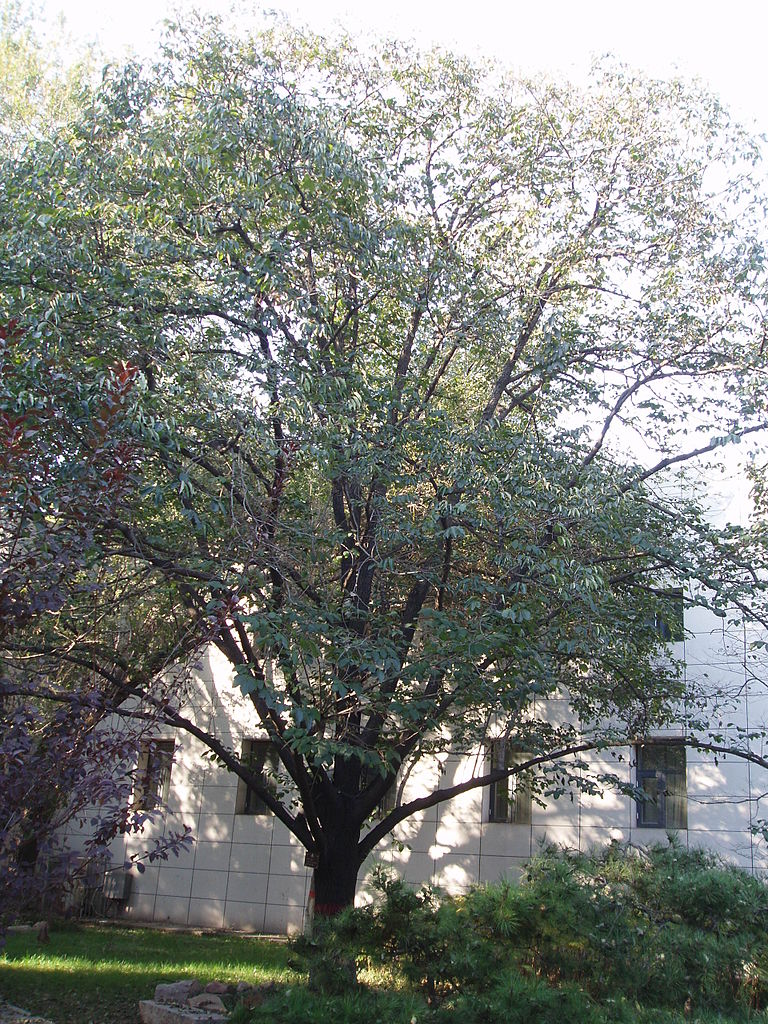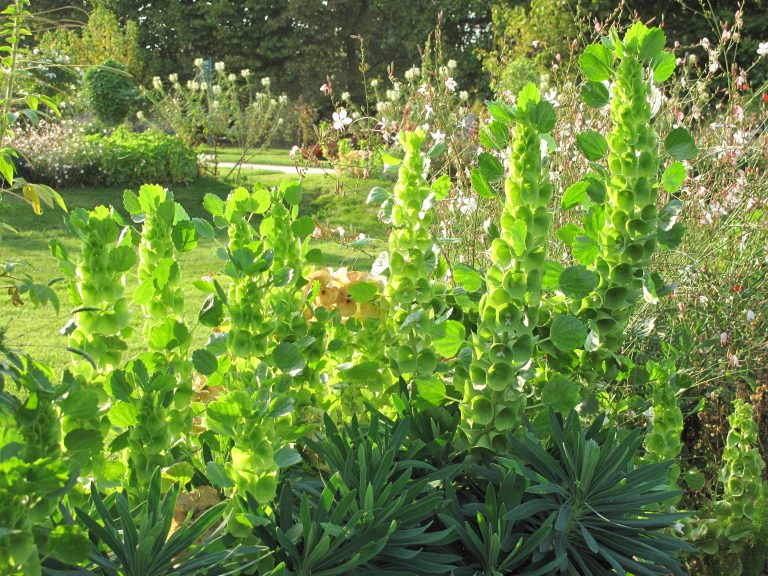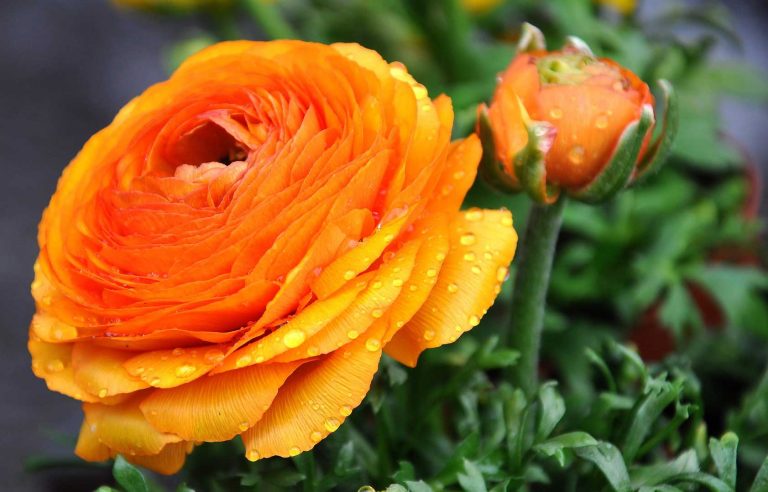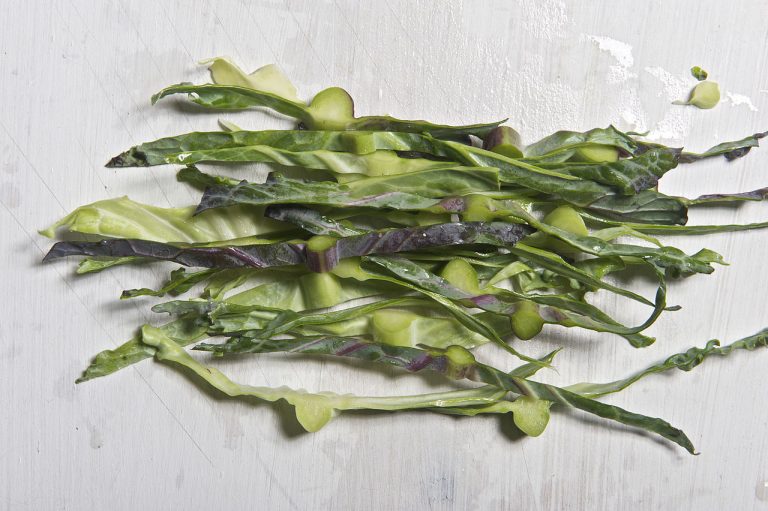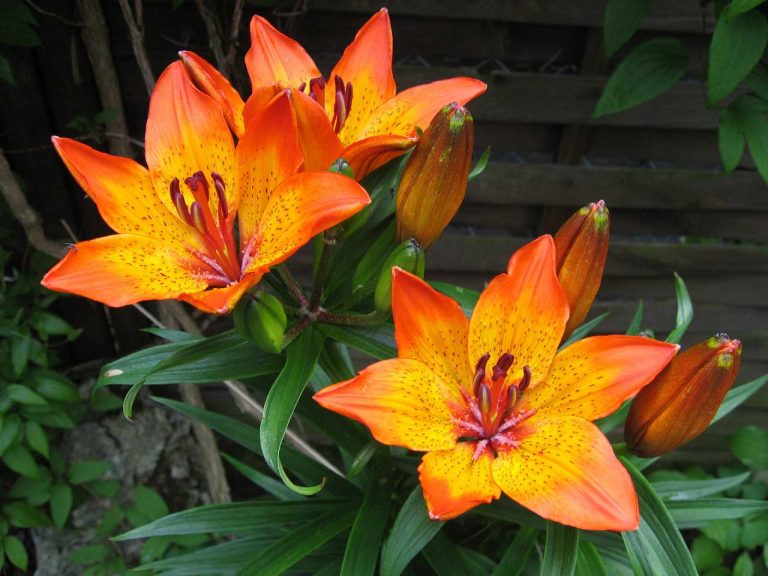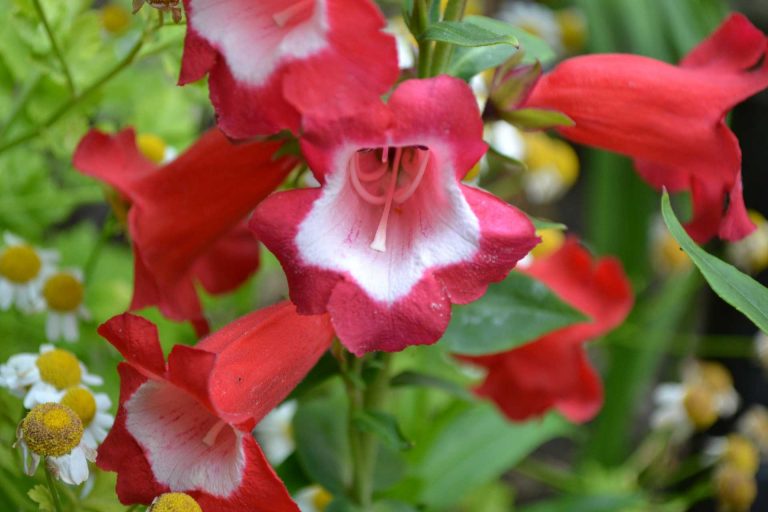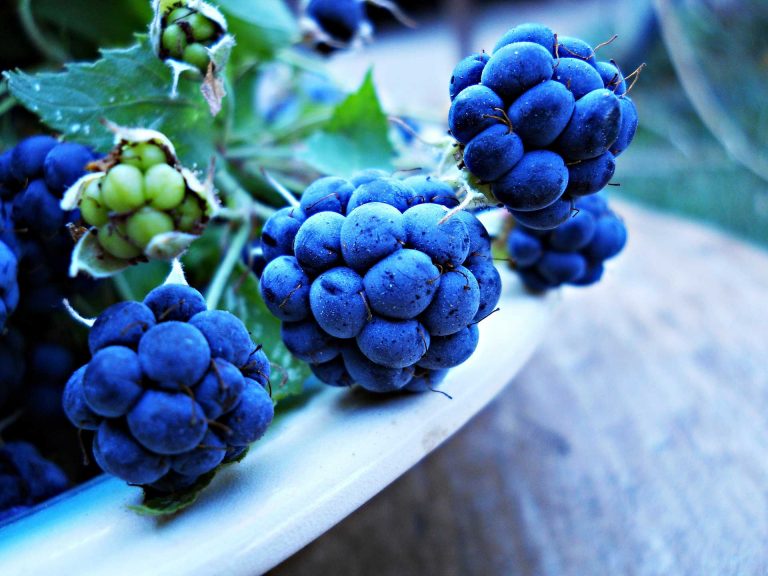Plum Tree
Scientific Classification
| Kingdom: | Plantae |
| Class: | Magnoliopsida |
| Order: | Rosales |
| Genus: | Prunus |
| Family: | Rosaceae |
A plum is a fruit of the genus Prunus. Plum is one of the first fruits that are domesticated by humans. China is the world’s largest producing country of plums. If gardeners want to grow a fruit tree, a plum is a good choice. Plum trees require less treatment and are more compact, and are widely adapted. Plums are delicious and add beauty to gardens. Growing the plum tree is not difficult. Plums are of three categories European, Japanese, or Damson. In America, plum trees are very popular. Plum trees are attractive and decorative. Plum is one of the most elegant and beautiful trees on the planet.
History
Luther Burbank, the famous American Pomologist, claims that Prunus Domestica or the European plum, and its ancestor had their origins near the Caspian Sea in the Caucasus Mountains. Burbank gave exhaustive details and evidence of how the Tartars, the Turks, the Mongols and the Huns used the dried plums or the prunes as their staple diets by maintaining a patchy horticulture from very early days. Absurd ideas claimed that post the eruption of Mount Vesuvius in AD 79, the seeds of Prunus Domestica, were not traceable in Pompeii’s ruins in spite of the fact that other fruits of the old world were seen, leading to a theory that the Plum could be a recently developed hybrid.
It was the Prince Nursery in Flushing, New York that gave the first reference to Plum’s history in the colonies of America. Prine Nursery, established in 1737, gave an advertisement in 1771 about 33 plums types for sale and probability indicates that these were mostly Prunus Domestica, the European plums.
After 1975, a person called Henry Laurens introduced Lime, Ginger, Olives, Strawberry, Blue Grapes, Red Strawberry and lime into the US, and from France, he introduced Pears, Apples, Plums, and the abundantly growing Chasselas grape.
Anatomy
Plum trees are very beautiful trees. They smell good. The leaves of the plum trees are of purple color. The blossoms of plum trees are fragrant and their petals are oval. The bark of the plum is dark. At the end of the petals of the plum trees, there is no split. The plum tree is an ornamental tree. It is selected for its purple flowers and pink leaves.
Habitat
Plums are juicy and sweet and may contain many antioxidants. For regulating the digestive system of human body prunes are very effective. Salted, dried plums are used as snacks. The Japanese variety of plum is used as rice balls; they are called omusubi by hobbyists and private woodworkers. The wood of the plum tree is used as knife handles, musical instruments and inlays. The name of Fruit Prunus (plum) is derived from the scientist Roman historian, Pliny the Elder in the first century. He believed that apricot is a kind of plum.
Watering
Plum trees require regular watering and conservation of moisture for the good growth of the tree and for the production of quality fruits. For the overall health of a tree and for producing large fruits, water is essential. During the summer season, plum trees require more water because, in summer, lack of moisture may cause damage to the plum tree. Plum trees need regular and deep watering in every 7 to 10 days.
Soil
Soil is the most important factor for the good growth of a plum tree. Plum trees need well drained and fertile soil for best growth. To contain moisture, plums require plenty of humus. Loamy and clayey soil is also ideal for plum trees. The best time of planting plum trees is early winter. In the winter season moisture, retain in the roots of the plum tree.
Uses
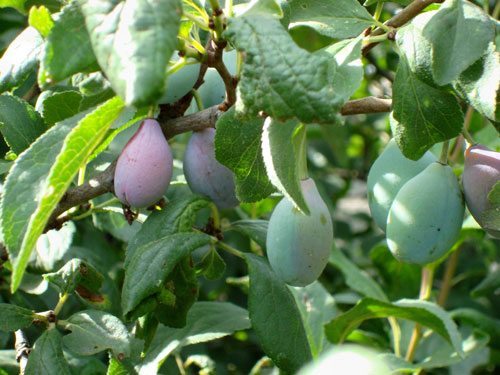
The taste of plum fruit is tart to sweet. Plum fruit is eaten fresh and it is very juicy. Plum fruit is used in making of recipes and jam. An alcoholic beverage is also made from plums. You can use the plum oil to make plum scents for cream and body lotions. The Sap of the plum tree is only consumed by insects. Plum sap of the plum tree is used to regulate the pressure and temperature of the tree. Plum fruit is nutritious and delicious fruit. It is used in many recipes like pudding, tart, jam, sauce, dumpling and pies. Plum fruit improves digestion as it has low calories and low fat, high is dietary fibers. These fruits contain calcium, potassium and vitamin C. Siberia produces more than 4, 20,000 tons of plums every year and sells the popular alcoholic beverage all over the world. China is another large producer of plums. Dried plums are used in cakes, Muffins, ice-creams. The peel of plum fruits contains good fibers which provide a health benefiting antioxidant.
Categories
Plum trees are divided into three categories: the American plum, the European plum and the Japanese plum. European plum tree is a very popular and evergreen tree. It can reach about 10 m in height. It has dark brown bark, straight trunk. The flowers of European plum trees are arranged in groups. In the early spring season, it blooms before the leaves develop. The Japanese plum trees are native to china. Japanese plum trees produce high-quality and large plums.
Plum trees stop ripening when they are harvested as they cannot continue to develop sugar. Japanese plums types are Santa Rosa, Black Amber, Early Golden, Methley, Shiro, Au Rosa, Friar, Wickson. European plum types are Green Gage, Stanley, Damson, Long John, Valor, and Castleton.
Planting
To produce fruit, plum trees require cross pollination. So, more than one plum tree is required to plant. Plum trees need full sun exposure, well drained and fertile soil. Areas where frosts are settled are not good for plums as they damage the tree. Plum trees require high moisture.
Care
Plum trees require proper care and protection. By regular fertilizing, pruning and watering control trees from insects and diseases.
Pests and Pesticides
The plum tree is affected by many pests and diseases. Black knot is the most damaging and serious disease that affects the plum tree. This disease kills the branches of trees. If it is not treated carefully, the entire tree will die and it will not grow well. Immediate pruning will help to stop the spread of the disease. The PPV disease that attacks plum trees is spread by aphids. Brown rot infects small branches, blossoms and fruits.

Having discovered a fondness for insects while pursuing her degree in Biology, Randi Jones was quite bugged to know that people usually dismissed these little creatures as “creepy-crawlies”.

